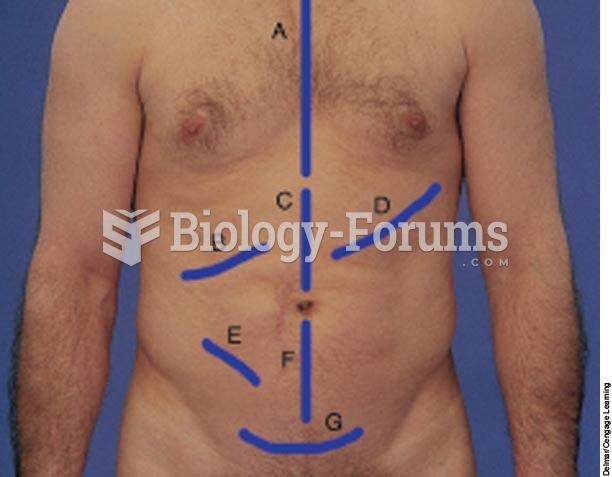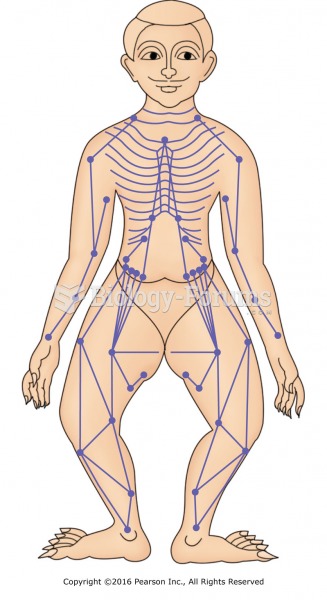|
|
|
The effects of organophosphate poisoning are referred to by using the abbreviations “SLUD” or “SLUDGE,” It stands for: salivation, lacrimation, urination, defecation, GI upset, and emesis.
It is believed that the Incas used anesthesia. Evidence supports the theory that shamans chewed cocoa leaves and drilled holes into the heads of patients (letting evil spirits escape), spitting into the wounds they made. The mixture of cocaine, saliva, and resin numbed the site enough to allow hours of drilling.
People with high total cholesterol have about two times the risk for heart disease as people with ideal levels.
Eat fiber! A diet high in fiber can help lower cholesterol levels by as much as 10%.
The average human gut is home to perhaps 500 to 1,000 different species of bacteria.







